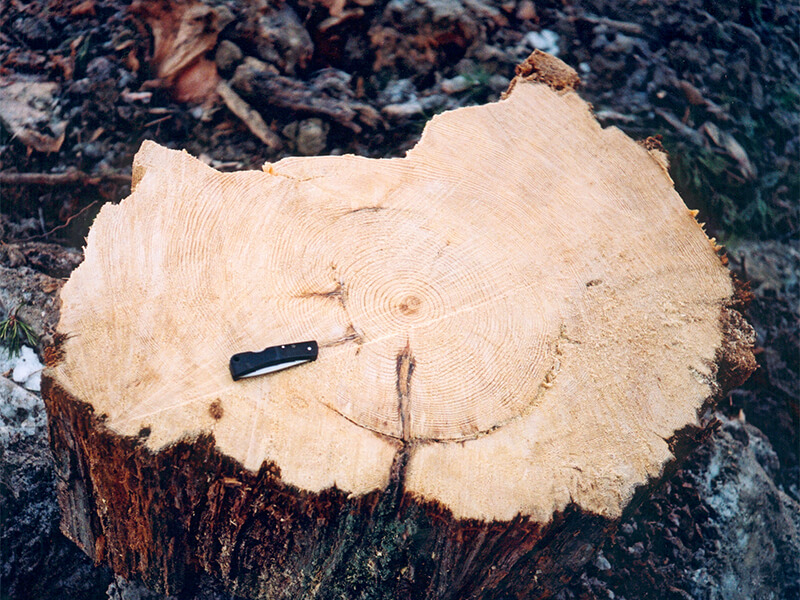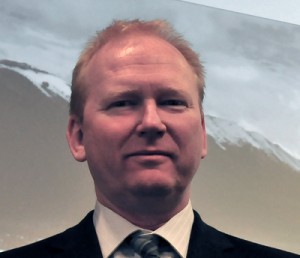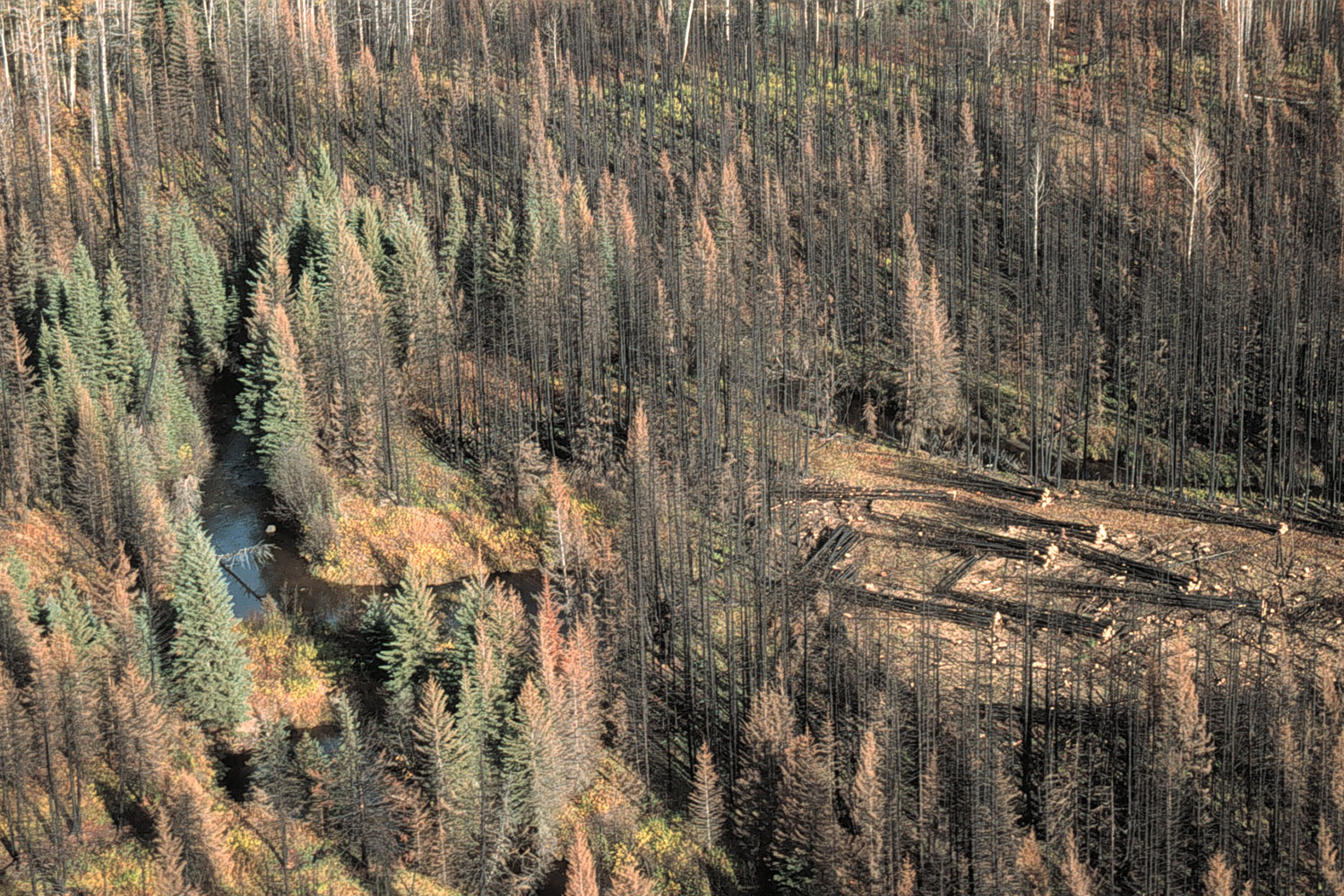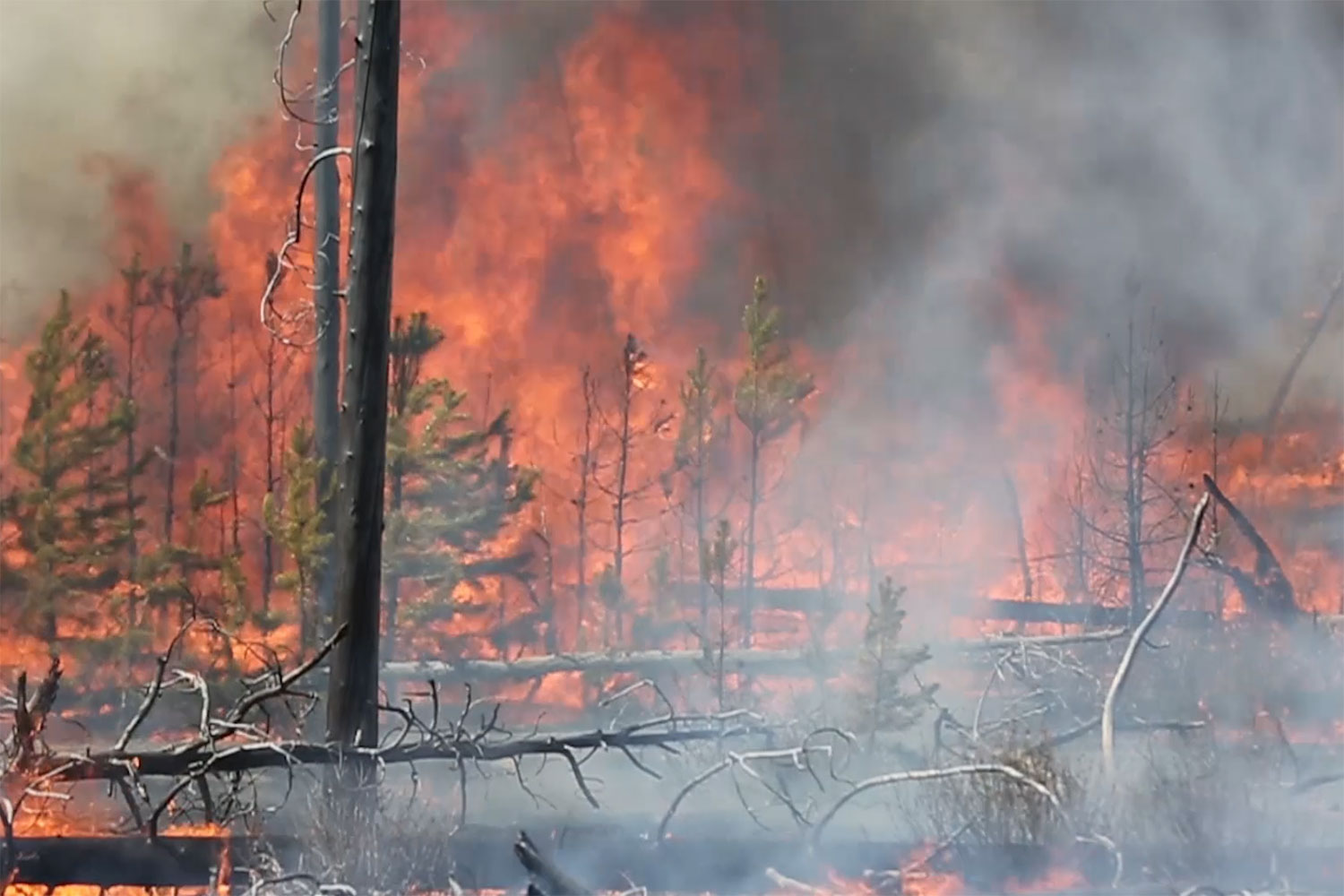
Mixed-Severity Fire Regimes in the Southern Foothills of Alberta
This project has two inter-related components, both related to the idea that most boreal fires do not kill most of the vegetation within the boundaries of the wildfire event. The first part explores the relationships between the severity, size, and frequency of historical fires over both time and space by creating a standard tree ring chronology over an extended area of a landscape. The second component of this project is the development of a partial-severity burn module.
One of the long-standing assumptions of foothills landscapes is that they are dominated by stand-replacing fires that kill all or most of the vegetation. More recent evidence suggests this may not always be true. The difference has significant consequences for our assumptions about habitat, carbon cycling, landscape diversity, and ecosystem resilience in the face of climate change.
This project explores this critical question in southwestern Alberta from three different, but connected perspectives:
- An intensive tree-ring field sampling research study that will identify the frequency, size, and severity of pre-industrial wildfires;
- Comparative analyses of the vegetation patterns of oblique aerial photos taken ~100 years apart, and
- the development of the first-ever spatial model that captures the dynamics of partially burned areas.
Who is involved?
Dendronology research: Drs. Lori Daniels (UBC) and Ze’ev Gedalof (U of Guelph) are the PIs for the tree-ring element of this project, and Dr. Cameron Nafcy (from U. of Colorado) will be the post-doctoral fellow for the next two years.
Modelling: Drs. Eliot McIntire (Forestry Canada, Pacific Forestry Research Centre), and Steve Cumming (U. of Laval) are the PIs for developing the new partial severity model. They are looking for a dedicated post-doctoral fellow to work on this project over the next two years.
Oblique photo research. Drs. Eric Higgs (U. of Victoria) and Chris Stockdale (U. of Alberta) are the PIs on this element of the research, and Dr. Stockdale will undertake part of the research activities personally.
Coordination: Dr. David Andison (UBC) is both a modeler and a fire researcher, and full function as the project coordinator.









